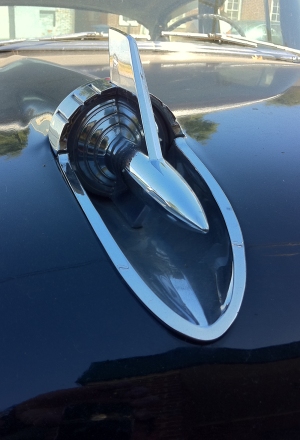A few weeks ago, I was commenting that the market segment of low end digital cameras (let’s say anything not equipped with a zoom) was in danger of extinction, being superseded by smart phones.

Nokia’s previous high end models were already fitted with a “Carl Zeiss lens” and a 12 Mpixel sensor. A review of the new Nokia N8 by cnet shows that smart phone photography has reached a new level. With its 4 elements lens (all aspherical) and a Xenon flash, the Nokia N8 is in a class of its own, somewhere between the other smart phones and good point and shoot cameras. And Zeiss was obviously very proud of its contribution at the latest Photokina.
According to DPreview, Panasonic has started a teaser campaign to prepare the launch of “Lumixphones“, with a Lumix digital camera built in. Of particular interest is the fact that the camera section will include a mobile version of the “Venus” image processing engine. I suppose it is relatively easy to order and integrate a tiny image sensor and a small lens in a phone, but good digital images are created by good processing algorithms much more than by good lenses. The image processing section is the real differentiator and that’s where Panasonic may shine. When will we see smart phones with Canon Digic 4 or Nikon Expeed 2 image processors?
At the same time, Motorola and T-Mobile started releasing information about the DEFY, a rugged smart phone using the Android operating system. Scratch and water resistant, it boasts a 5 Mpixel camera with autofocus capabilities. It is not suitable for underwater photography, but another model may be in a few months.
The iPhone 4, with a 5 Mpixel sensor coupled with an autofocus lens (focal length: 3.5mm, equivalent to 28mm on a 35mm film camera), gives surprisingly good results on close-ups and when shooting relatively well lit interiors. It is also very good at taking pictures of big objects like cars and trucks. It is more difficult to get good results when shooting people – it is not as good as a regular camera at finding the right color balance; getting decent action shots is even harder. As for landscapes and low light situations (the “flash” is a joke), it’s bordering the impossible. Dedicated and talented iPhone users like Xeni Jardin can take incredible action shots with an iPhone 4, though, so the limit is obviously the photographer.
The focus of this site is film photography, and I will keep on shooting film and writing about film cameras. But using a film camera (or a regular digital camera) is not always a practical proposition, and sometimes a smart phone’s camera can save your day.

